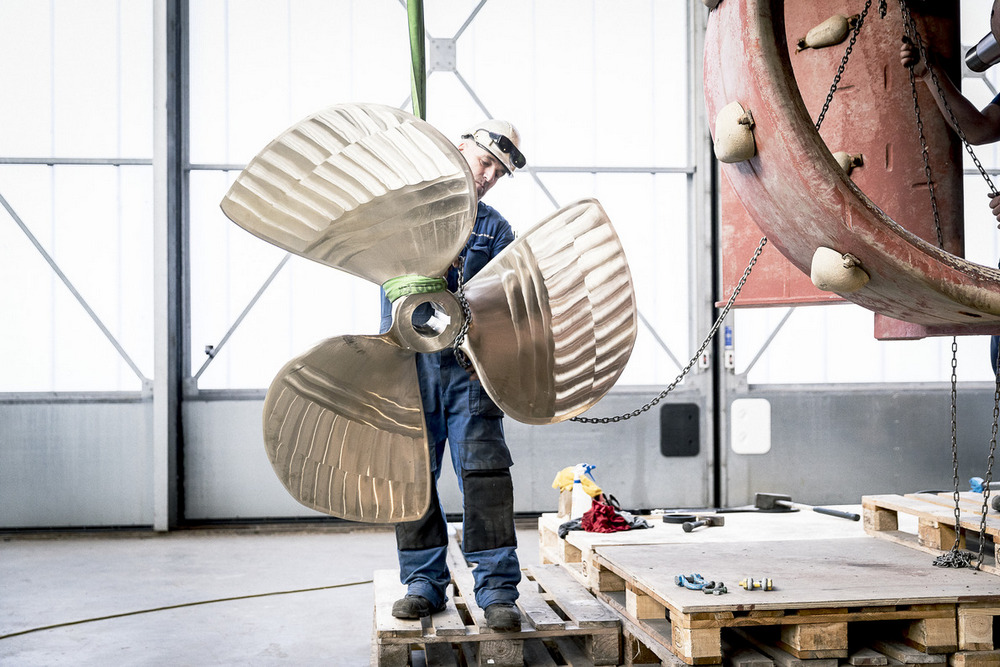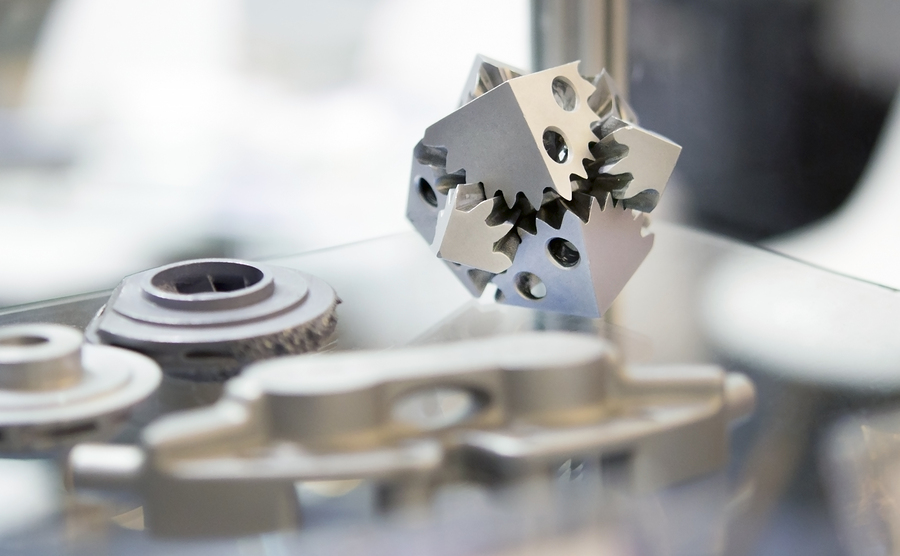To date, the 3D printing of maritime components has been a nice idea but not one that has not always been deemed particularly practical or cost-effective. Things, though, may well be changing, writes Brian Dixon.
Additive manufacturing, or 3D printing as it is more commonly known, offers the maritime sector many potential benefits, most notably in terms of the rapid and geographically-independent supply of replacement parts and components that might otherwise prevent a ship from functioning safely and/or effectively. What’s more, as with so many other technologies transforming the sector, 3D printing is increasingly becoming something that people aren’t just talking about but something they are actually doing.
Indeed, just this past January, Keppel Offshore & Marine, in partnership with Singapore’s Nanyang Technological University and the Singapore Institute of Manufacturing Technology’s Agency for Science, Technology and Research, was awarded Lloyd’s Register (LR) Certification for its laser-aided additive manufacturing (LAAM) system to produce offshore-grade steel.
Described by Keppel at the time as “a first step, towards producing, high-value components essential to offshore and marine structures”, this certification itself followed in the wake of Wilhelmsen announcing that six global cruise, dry bulk and ship management companies had signed up to its 3D printing early adopter programme. This move, Wilhelmsen said, would help see them “eliminating the need for physical inventory storage, often complex distribution and typically high logistics costs”.
Moreover, as further proof of 3D printing’s move from the abstract to the tangible, ShipParts.com, an online e-procurement portal for maritime spares and equipment, reports that it is planning to add 3D printing services to its portfolio by the end of the year. Importantly, the company, which supports a global client base of more than 1,800 buyers and over 17,000 sellers through its platform, does not intend to become a 3D printing company per se. Instead, it has now begun partnering with suitable firms to establish a network of fully-vetted additive manufacturers in or near key ports around the world.

Thus, rather than having to source a part and then physically dispatch it to the customer, Shipparts.com will in future be able to simply transmit a secure digital file to a 3D printing specialist near to where the customer is located or where their vessel will be passing to fulfil a transaction. In so doing, it will greatly reduce the logistics and time frames involved to the benefit of the customer.
“3D printing technologies lend themselves to distributed manufacturing that optimises supply chains,” says ShipParts.com’s chief growth officer Roy Yap, explaining that the only physical logistics involved would concern “the final-leg delivery to the vessel”. Consequently, while Yap notes that on an item-to-item basis a 3D printed component might be more expensive than a traditionally manufactured alternative, he asserts that when overall costs including logistics are considered, the 3D-printed unit will win out, with the customer securing significant savings.
This would be particularly so in the case of replacing a critical component, the lack of which might keep a ship tied up in dock while the crew wait for it to be sourced and then freighted out to them – a process that could be further prolonged by numerous potential delays en route, ranging from customs hold-ups to strikes and public holidays.
“While non-metallic (polymer) 3D printing is quite advanced, our focus at ShipParts.com is metallic 3D printing for fast-moving parts, such as impellers, O-rings and nozzles, etc. Over the past five years, ShipParts.com has compiled lots of data for fast-moving spares that lend readily to 3D printing, hence reducing inventory costs,” he says, adding that “criticality depends on the vessel and system if that particular spare is needed to keep to charter requirements”.

One question mark that potential customers might have, however, concerns unit quality and integrity. To this end, Yap is quick to allay any fears. “All spares produced by 3D printing processes will need to be certified by either classification or the original maker themselves for the same performance, for example, running hours,” he says. “On onset, it should be clear if the 3D-printed spare will perform to the same running hours or lesser as certified by classification or the maker. Unless [customers choose to use] dubious sources, it is not expected for 3D-printed spares to be passed off as traditionally produced spares in terms of performance.”
While the future is unwritten, ShipParts.com is clearly upbeat as to what lies in store for this emerging technology. “We see a proliferation of 3D printing facilities as the technology becomes more mature and costs come down further,” Yap says. “Current investment and take-up of 3D printing will continually drive costs downwards with a technology leap expected by 2022 for larger parts, more material choices and more accurate 3D printing machines.”
However, as with all new technologies, there will be both naysayers and early adopters. “Think of LNG as a fuel take-up 10 years ago versus now. In the end, the feasibility of 3D printing technology will prove itself with cost-benefits,” he says, adding that ShipParts.com’s vision “is to evolve into an Apple AppStore or Google Play, where legitimate and secure 3D data files can be downloaded for the 3D printing of marine spare parts via a global network of 3D printing facility partners”.































